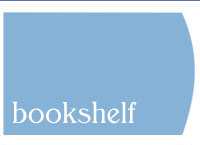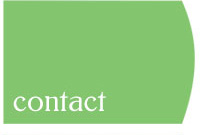
About Liza (see also: For the Press) My family lived in Vermont when I was born and I’ve spent more than half of my life in the state. My love of trees, wildlife, and gardens is rooted there, and the natural world plays an essential role in all my books. My father was a writer whose books explored early American history; my mother danced with Martha Graham—so books and the arts played an important part in my growing up. I was lucky that my mom had two friends who wrote for young readers and were early role models. During my college years, I taught theatre at a wonderful summer camp in the Adirondacks. There I realized the importance of strong action and dialogue in the plays we created. I was lucky to study creative writing at Sarah Lawrence College with two amazing writers, Harvey Swados and Grace Paley. I also ran a creative writing workshop in a Bronx middle school. After college and my first teaching job, a friend asked: “Since you like to write, and you’re working with kids, why don’t you write a kid’s book?” Good idea! Since that time, I’ve written and published seventeen books of fiction and non-fiction for young readers, with two more on the way. I’ve also been a teacher throughout my life. I founded a preschool when my family was young, then taught creative writing in middle school before joining the faculty at Vermont College of Fine Arts and at Rhode Island College’s ASTAL Institute. When I joined the faculty at Hamline University’s MFA in Writing for Children and Young Adults, I met Phyllis Root and Jackie Briggs Martin. They love plants and gardens as much as I do and suggested that I write a garden memoir. The Last Garden was the result. We had so much fun collaborating as teachers that we decided to write together. Begin with a Bee was our first publication. Turtles Heading Home was published in 2025. Greenheart Tiny Forest, illustrated by Narisa Togo, will be out in 2026. Stay tuned!
|
 |
 |
 |
 |